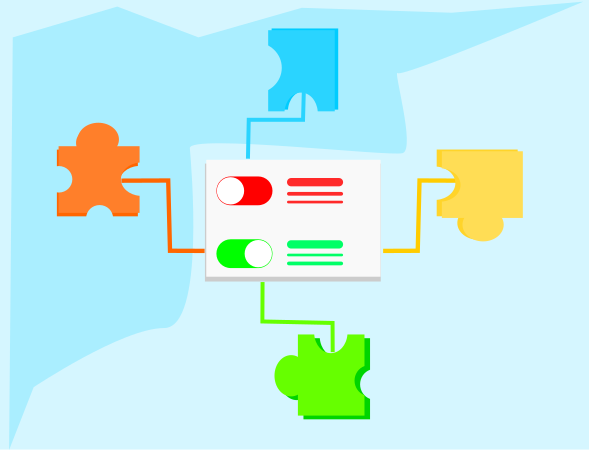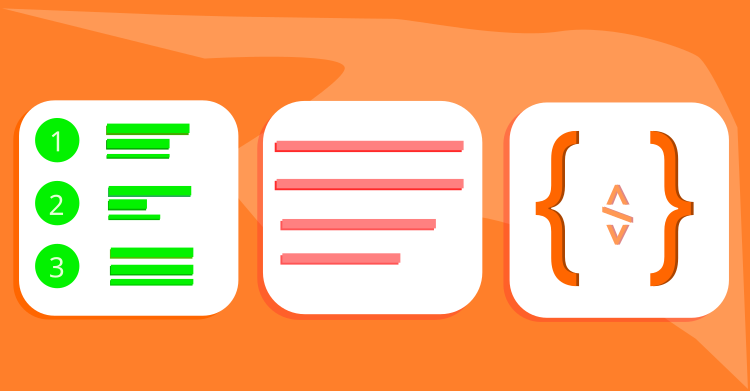If there's one thing we don't tolerate here at ConfigCat, that's terrible customer support. Our customers are important to us, and we try our best to provide all the help we can so that they get the best out of our services. In this article, we'll look at how we ensure that our customers have a hassle-free experience when using our service.

What is ConfigCat?
ConfigCat is a cloud-based feature flag management platform for teams of various sizes. Feature flags allow you to turn features in your software on or off without (re)deploying code. They help you separate feature deployments from feature releases, making them highly useful in Continuous Delivery and Deployment(CD) pipelines.
ConfigCat provides features such as user segmentation and targeting that you can use for A/B testing, canary releases, and more. With ConfigCat, you can easily organize your feature flags, keep track of changes to them and avoid technical debt.
Dedicated Support Hours

Customers on our Enterprise and Dedicated plans (the highest tiers) are entitled to 4 hours of dedicated support from our engineers every month. We offer them customized, hands-on technical support to help them solve any issues they have. And if they need help filling out forms, signing agreements, generating custom reports, and other not-so-fun paperwork stuff, we’re there to help.
The support we offer on the lower plans is understandably more limited than the support on premium plans. However, we try to be as helpful as we can so everyone is treated fairly. Check the pricing page for more details on the differences between our subscription plans.
ConfigCat Community

The ConfigCat Community Slack is the place to be if you want to connect with other ConfigCat users and our team. You can get the latest news and announcements, ask for help, share your experiences, and give feedback.
If you have any technical issues, send us a message on the #support channel, and our customer support representative will take care of it or forward the issues to our engineers if need be. They'll then work with you to find solutions. You can also send us support emails, but if you want to get faster responses, we advise you to use the Slack workspace.
Integrations

We all use many tools for software development nowadays, and our workflow improves when these tools work well together. In response to customer requests, we’ve built several integrations, so our customers can benefit from connecting feature flags to the software they use. Here are a few integrations and their use cases:
- Trello integration: Toggle feature flags and add targeting rules from inside Trello.
- Slack integration: Receive notifications in Slack when someone toggles a feature flag.
- Amplitude integration: Annotate your Amplitude analytics charts with changes in your feature flags.
- VScode integration: Create feature flags, add targeting rules, search for code references, and more from inside VSCode.
- Zapier integration: Connect to different web services on Zapier and make them automatically perform actions when your feature flag values change.
These are just a few examples of what our integrations can do. You can find the full list of integrations here.
Documentation

What would any programming tool be without documentation? At ConfigCat, we have extensive documentation of our product, ranging from API references of our SDKs to detailed guides on our features (Targeting, Webhooks, Caching, etc.). We use simple language in our docs, with plenty of examples to demonstrate concepts, so we can reduce the cognitive load on our users.
We developed sample apps for all our SDKs that you can use as starter guides for your projects. You can access them from ConfigCat's GitHub repository or an individual SDK's page in the docs.
Frequently Asked Questions (FAQ)

Would you rather answer the same questions a million times, or would you create a page with the answers to these questions? We chose the latter. On our FAQ page, you'll find answers to questions concerning ConfigCat in general, specific features, billing, and more. We categorized the questions by topic, so the page is easy to navigate. Check it out. You'll probably find the answer to most of the questions you may have.
Blog Posts and Sample Apps

We have a lot of articles on our blog that cover using feature flags across different programming languages and frameworks, including more complex ones such as setting up A/B testing. These articles come with sample apps that you can play around with, and you can find all the sample apps in ConfigCat Labs on GitHub.
We also have non-technical articles covering announcements on new features, feature flag best practices, tips and tricks, and more. We publish new articles every week, so stay tuned. More cool stuff is on the way.
Public Roadmap

We have a public Trello board where our customers can see all the features we’re working on and the ones we plan to work on, including details about their development status. Our customers requested many of these features, so we thought this would be a nice way to keep them updated.
If you want to request a feature, send us a message on the #feedback channel on the Slack community. We might already have a feature you want on the roadmap, but your suggestions are valuable to us, and we would love to hear them from you either way.
Quick Start Panel
On the ConfigCat dashboard, we provide a panel containing quick start guides for all our SDKs, complete with code snippets you can copy and paste into your code.

The quick start panel will save you time when integrating feature flags in your app since you won't have to visit the docs to see the setup process. It'll also save you the stress of switching between browser tabs.
Other Resources
Here are a few other resources and good-to-know info we provide:
- Service Status page: The service status page shows the current state of our service’s components. It displays details such as the response time and operational status of the Config.JSON downloads, Dashboard API, Public Management API, etc. The page also contains information about any incidents that may be occurring.
- Policy documents:
- Service Level Agreement(SLA): Contains details about what customers can expect from our service, including uptime(availability) for each subscription plan, customer support, notification for planned maintenance, and others.
- Privacy Policy: Contains details about how we handle and protect user data according to GDPR guidelines. This includes information about third-party services we use, where and what data is stored, cookies, etc.
- Terms of Service: Contains the terms of use for our feature flag service and website. It also contains details about the third-party tools and payment platforms we use.
- On-Premise Software License Agreement: Contains the terms of use for customers using our on-premise plan.
You can find all policies and agreements on the terms and policies page.
Summary
We know what it's like to experience poor technical support, and we don't want that for our customers. They rely on our services for the products they build, so the least we can do is support them with all the resources we have.
To recap, here are the ways we assist our customers:
- 4 hours/month of dedicated support for our premium subscribers.
- Helpful support on our Community Slack workspace.
- Extensive documentation of our SDKs and features.
- Integrations.
- FAQ.
- Blog posts and sample apps.
- Public Roadmap.
- Quick start Panel.
- Policy documents.
And if you’re not a ConfigCat customer yet, you can get started with our free-forever plan. It's a good choice if you're getting started with feature flags, and it has many features you can use for small projects.
Stay connected to ConfigCat on Facebook, LinkedIn, Twitter, and GitHub for more updates.
